WHAT is going on here???!!!
highalttransplant
16 years ago
Related Stories

ARTHere’s Looking at You: Supersize Portraiture at Home
Go big. Go bold. Hang huge portraits on blank walls for maximum impact
Full Story
MOVINGRelocating? Here’s How to Make the Big Move Better
Moving guide, Part 1: How to organize your stuff and your life for an easier household move
Full Story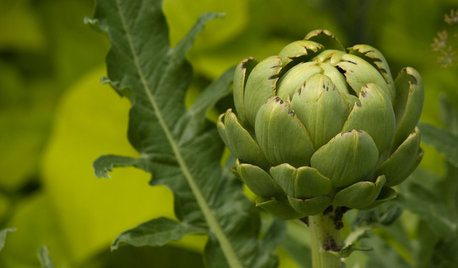
GARDENING GUIDESYour Garden Is Stirring — Here’s What to Do in February
February is a good time to start seeds, shape up shrubs and watch for the earliest blooms. Here’s what to do in your part of the U.S. now
Full Story
KITCHEN CABINETSChoosing New Cabinets? Here’s What to Know Before You Shop
Get the scoop on kitchen and bathroom cabinet materials and construction methods to understand your options
Full Story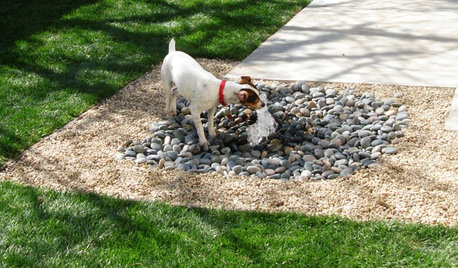
PETSHere’s How to Show Your Pet Even More Love
February 20 is Love Your Pet Day. Find all the ideas and inspiration you need to celebrate right here
Full Story
LIFERelocating? Here’s How to Make Moving In a Breeze
Moving guide, Part 2: Helpful tips for unpacking, organizing and setting up your new home
Full Story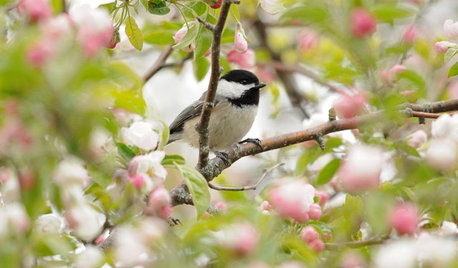
SPRING GARDENINGSpring Gardens Are Waking — Here’s What to Do in March
Excitement fills the air when gardens come back to life. These guides will help you make the most of yours
Full Story
STAIRWAYSGot Stairs? Here’s How to Choose the Right Runner for You
Get the skinny on material selection, color and pattern, installation and more
Full Story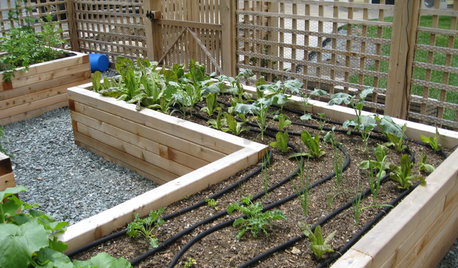
SPRING GARDENINGEnjoy the Peak of Spring Gardening — Here’s What to Do in May
Bid the frost farewell and treasure the blooms. No matter what U.S. region you’re in, one of these guides will help your garden flourish
Full Story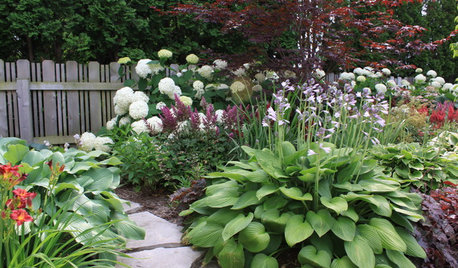
MOST POPULARSpring Gardens Are Blooming — Here’s What to Do in April
Get the guide you need for gardening in your U.S. region, with tasks, climate-appropriate plantings and more
Full Story


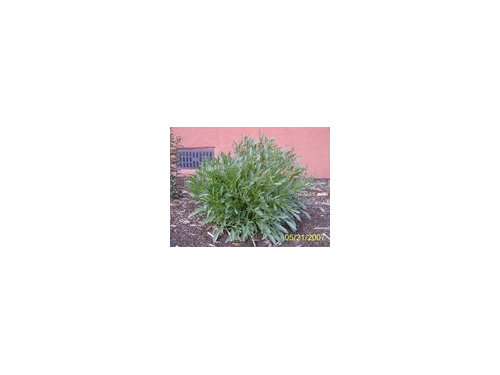





cnetter
cnetter
Related Discussions
Can anyone tell me what is going on here?
Q
Sansevieria dying?? What is going on here? :/
Q
What is going on here...
Q
Does anyone know what’s going on here?
Q
Skybird - z5, Denver, Colorado
highalttransplantOriginal Author
Skybird - z5, Denver, Colorado
david52 Zone 6
highalttransplantOriginal Author
cnetter
david52 Zone 6
Skybird - z5, Denver, Colorado
highalttransplantOriginal Author
Skybird - z5, Denver, Colorado
highalttransplantOriginal Author
cnetter
Skybird - z5, Denver, Colorado
cnetter
Skybird - z5, Denver, Colorado
Azura
bpgreen
david52 Zone 6
highalttransplantOriginal Author
bpgreen
highalttransplantOriginal Author
stevation
jchaber
jant
jant
highalttransplantOriginal Author
jant
jant
jant
bpgreen
david52 Zone 6
highalttransplantOriginal Author
emagineer
Skybird - z5, Denver, Colorado
highalttransplantOriginal Author
Skybird - z5, Denver, Colorado
digit